会社概要
company
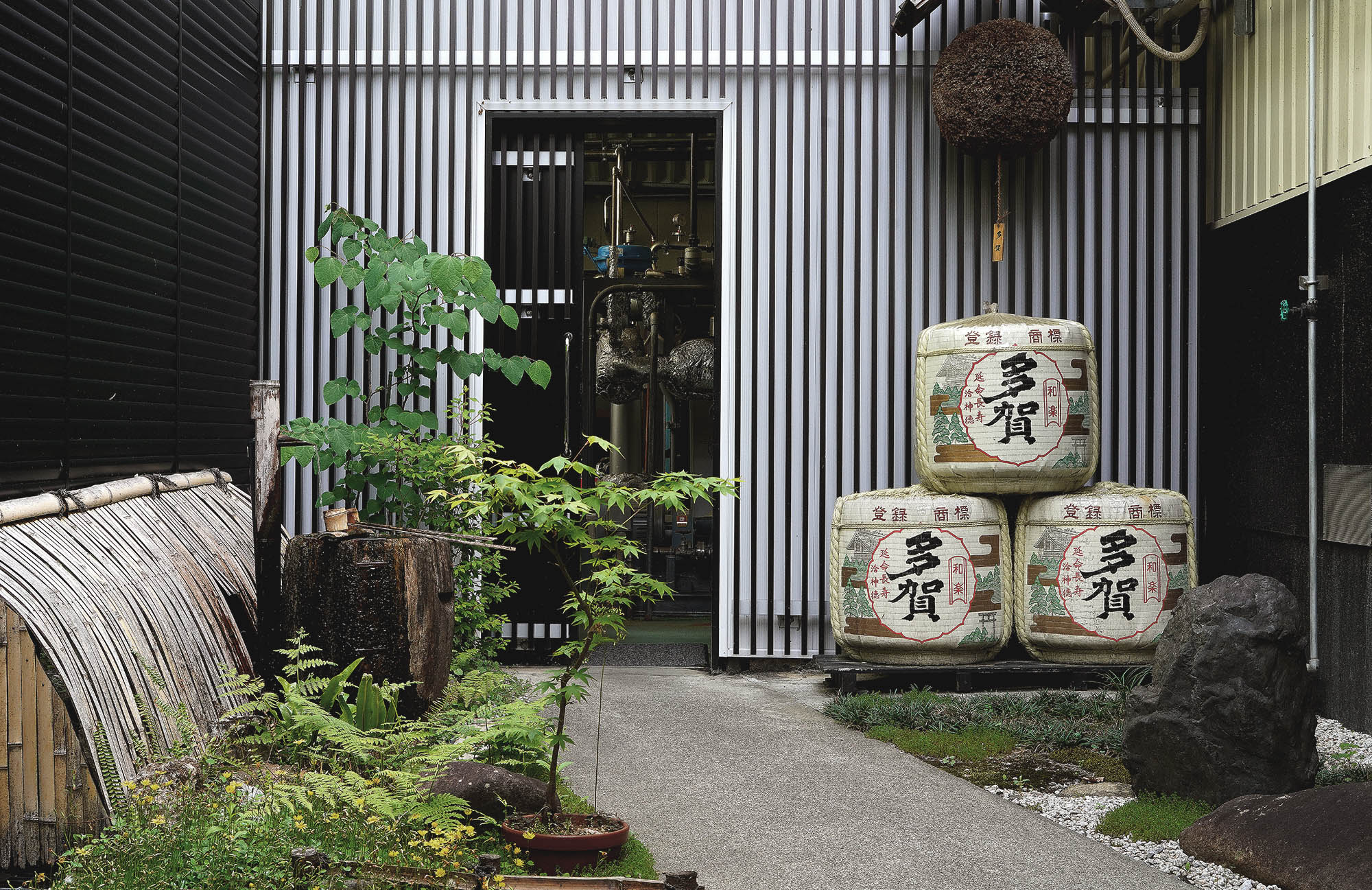
多賀株式会社は、滋賀県の東部彦根近郊に位置する多賀町にあります。
創業は1711年と古く、多賀大社の生命の神様に見守られながら三百年以上
日本酒を醸してきた老舗酒蔵です。
時代の流れとともに、大量生産を実現するための設備投資を積極的に行う事により、
事業を継続してきましたが、小量生産/手造りにしか生み出せない日本酒の魅力
を再認識し、ここでしかできない味わいのお酒を展開すべく
日々酒造りと向き合っています。
Taga Co., Ltd. is located in the historic town of Taga, near Hikone in eastern Shiga Prefecture.Founded in 1711, our brewery has been producing sake for over 300 years under the spiritual presence of the deity enshrined at Taga Taisha Shrine—revered as the god of life.
While we have modernized our facilities over the years to meet the demands of mass production, we have also rediscovered the profound appeal of small-batch, handcrafted sake.Today, we are devoted to brewing sake that is deeply rooted in our traditions, crafted with care, and unique to this place—sake with a flavor and spirit you can find nowhere else.
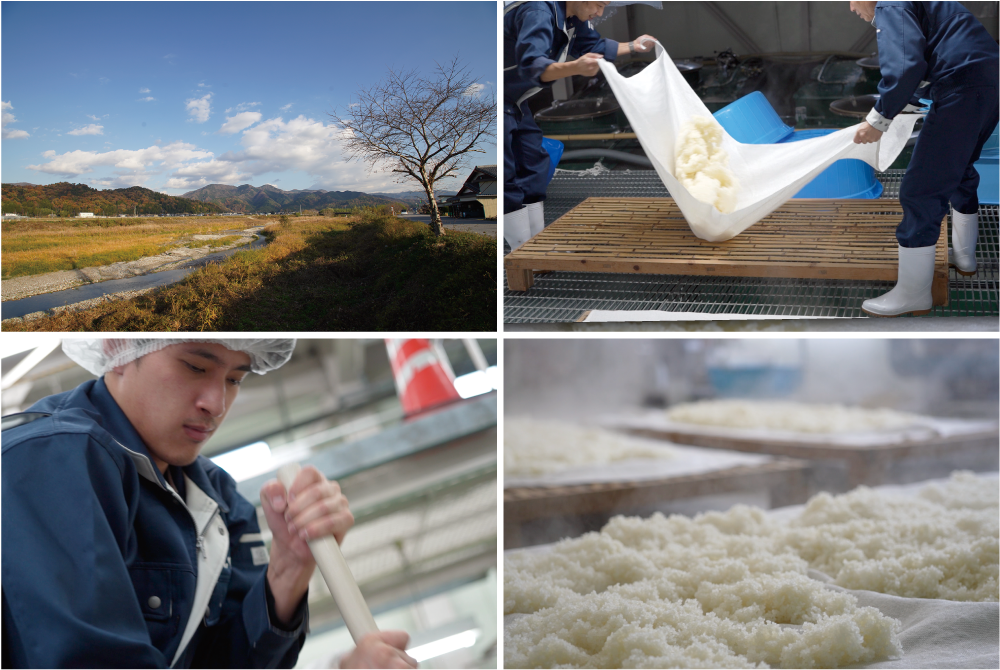
| 商 号 |
多賀株式会社 Taga Co.,Ltd. |
| 創 業 |
1711年(正徳元年) |
| 会社設立 |
1967年(昭和42年)8月22日 大老酒造株式会社
1992年(平成4年) 4月1日 社名変更 多賀株式会社 |
| 本社所在地 |
〒522-0355 滋賀県犬上郡多賀町中川原102 |
| 電話番号 |
0749-48-0134 |
| FAX番号 |
0749-48-1363 |
| 代表者 |
代表取締役社長 冨永光則 |
| 資本金 |
72,000,000円 |
| 従業員数 |
8名 |
| 事業内容 |
酒類製造及び販売、食品の製造及び販売 |
多賀の酒づくり
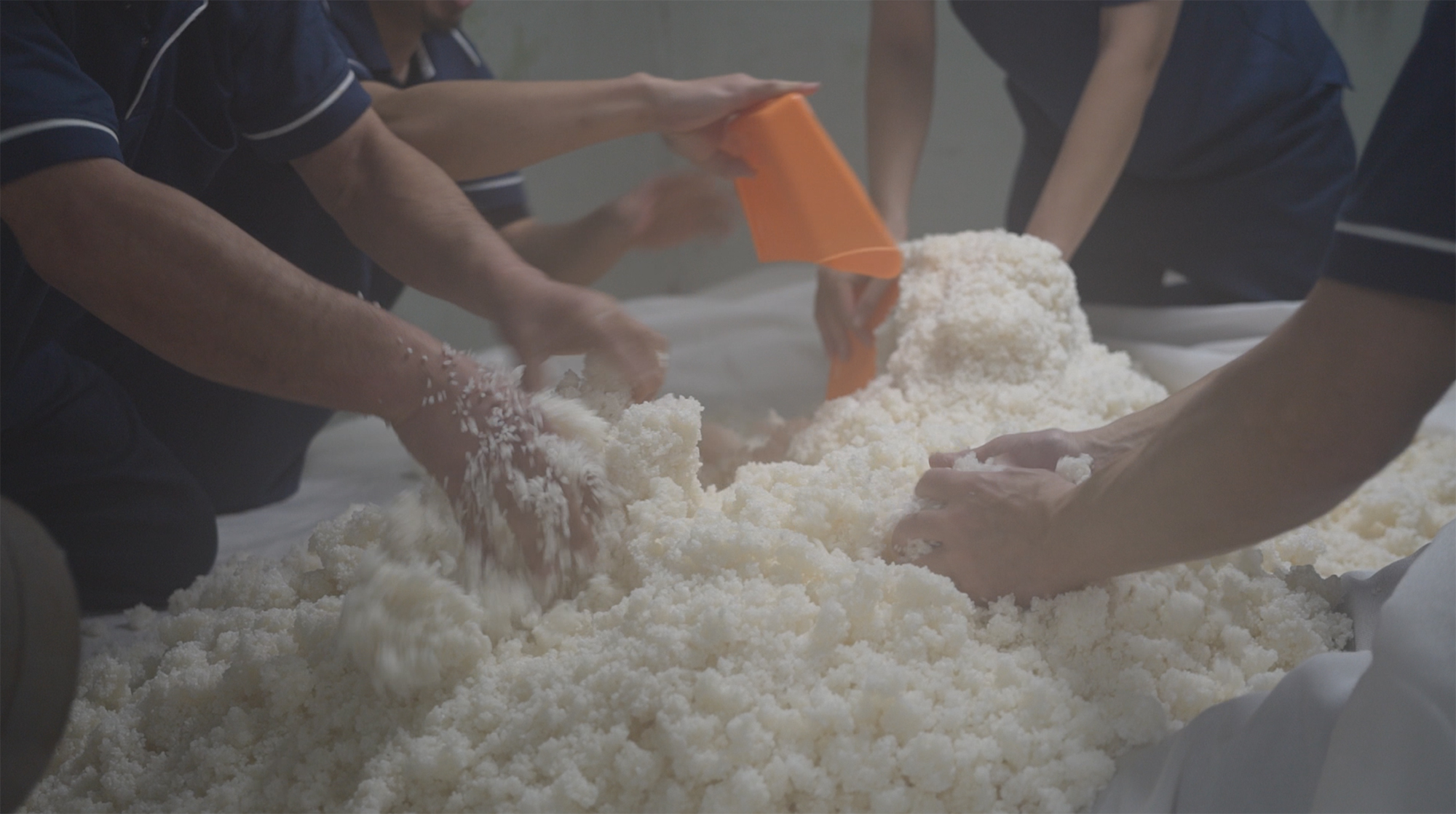
|
ここでしかできない味わいを求めて導き出したこだわり
水、米、麹、そして製法にこだわった多賀の個性をご紹介いたします。
|
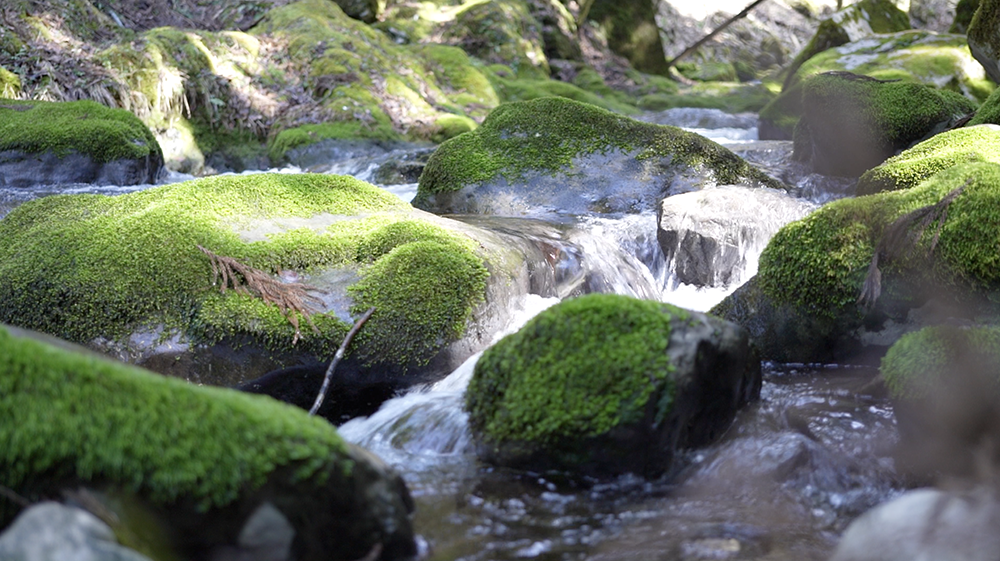
水
water
硬度180mg/Lでありながら、カルシウム以外の成分は軟水並みという特徴的な硬水。アルカリ度が高く、米が溶解し難くなる特性があり、スッキリした酒質になり易い傾向があるため、お米を無理やり溶かす事をせず、水の特徴を生かした酒造りをしています。
Our water is uniquely hard, with a total hardness of 180 mg/L—high in calcium, yet comparable to soft water in terms of other minerals.It also has a high alkalinity, which makes the rice more resistant to dissolution. As a result, it naturally leads to a clean and crisp flavor profile.Rather than forcing the rice to dissolve, we embrace the nature of the water and let it guide our brewing process, allowing its characteristics to shine through in every bottle.
|
|
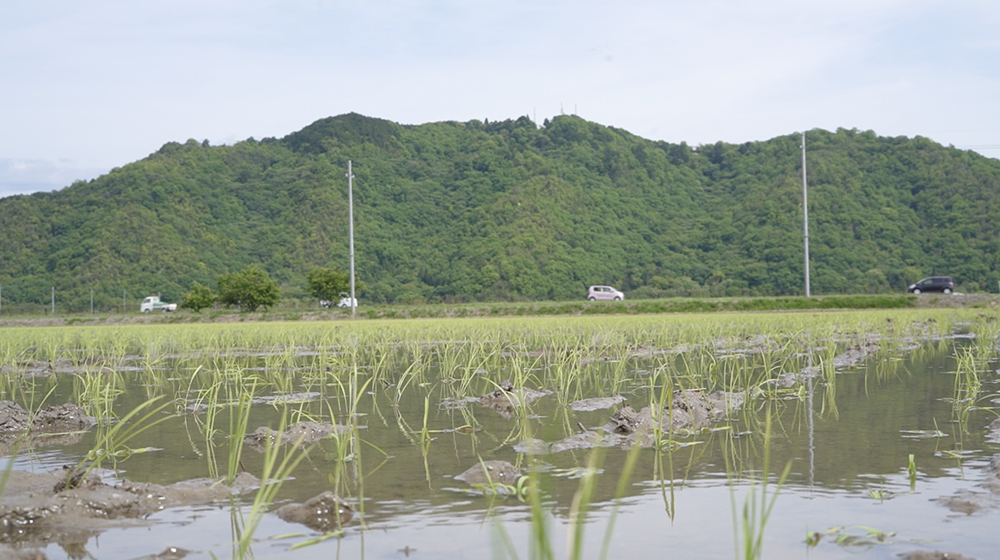
米
rice
酒造好適米も使用していますが、地元の一般米を使って美味しいお酒を造る事を一つのテーマにしています。一般米は酒造好適米に比べて溶けにくく、麹造りも難いと言われています。米の特性と多賀の特徴的な水の掛け算を表現したいと考えています。
While we use kōtekimai—rice varieties specially cultivated for sake brewing—one of our key themes is crafting delicious sake using locally grown table rice.Unlike kōtekimai, regular table rice is generally more challenging to dissolve and to use in koji production. Nonetheless, we see this as an opportunity to bring out the unique character of both the rice and the distinctive water of Taga.
|
|
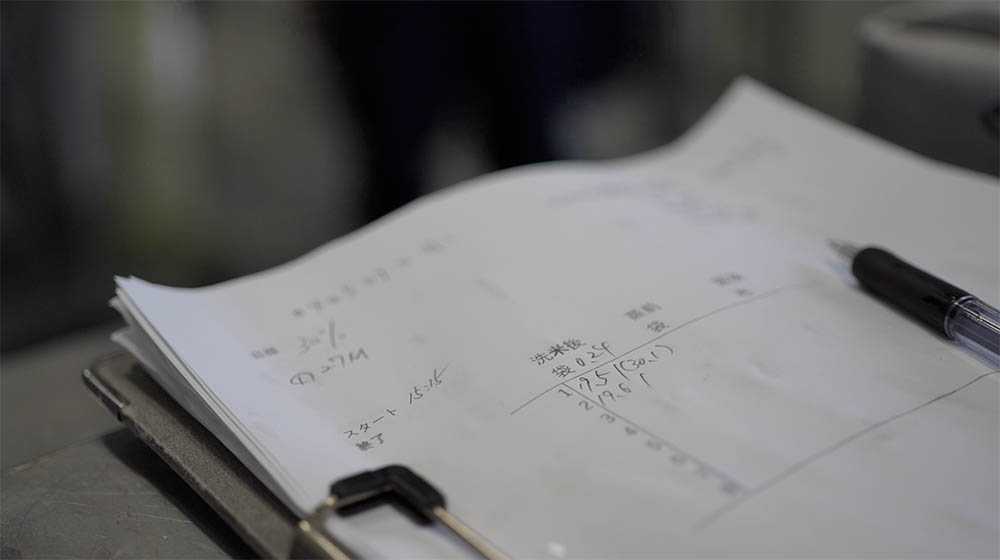
酒造りに対する考え方
commitment
人が出来ることは限られており、麹や酵母の道しるべ役となることが杜氏の仕事であると考えています。なるべく余計な事はせず、一つ一つの工程をシンプルに組み立てる事により、気持ちよく微生物が活躍すれば、自然と多賀の特徴が現れたお酒が生まれると考えています。また、微生物も生き物であり、空気感も酒に出るとの思いから遊び心を大切にするようにしています。
We believe the tōji—the master brewer—is not meant to control, but to guide. Our role is to support the natural work of koji mold and yeast, allowing them to thrive with minimal intervention. By keeping each step simple and natural, we let microorganisms express the unique character of Taga in the sake. We also cherish a sense of playfulness, trusting that the spirit of our air, our place, and our people is reflected in every bottle.
|
|
製造工程
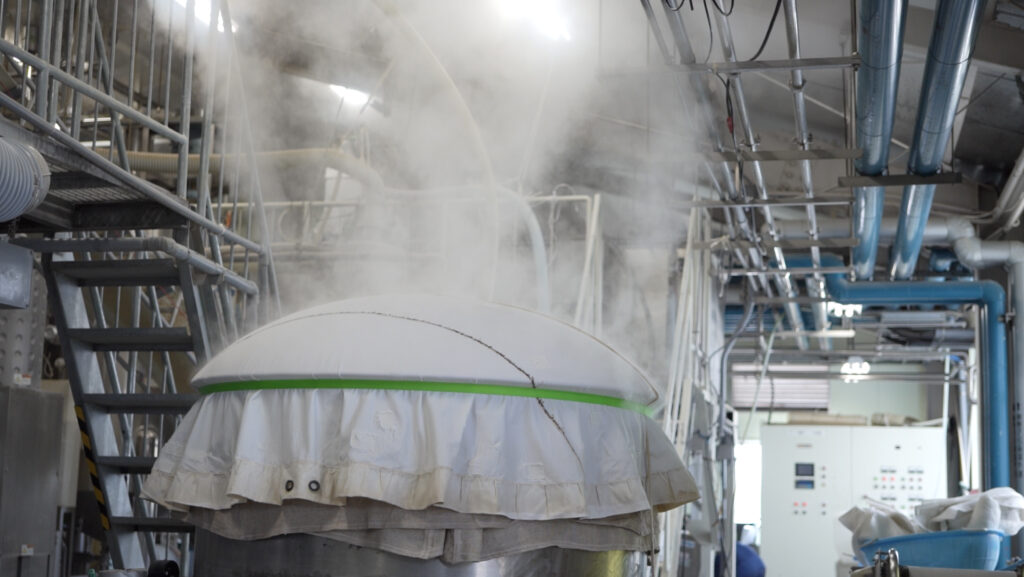
甑(こしき)にて米を蒸している様子
原料処理
genryo-shori
酒づくりにおいて「米を洗い、米に水を吸わせる」ことを原料処理と呼びます。この工程がお酒の味に与える影響はとても大きいと考えられます。吸水の量で米を固くしたり、柔らかくしたりすることで酒質を大きく変えてしまうため、失敗してしまうとそのまま目標の酒質にすることがとても困難になります。そのため、吸水させる浸漬という工程を秒単位で行い、蔵人の感覚を研ぎ澄ませて、大事な吸水量を見極めていきます。
In sake brewing, the process of washing the rice and allowing it to absorb water is known as genryō shori, or ingredient preparation. This step has a profound impact on the final flavor of the sake. The amount of water the rice absorbs can make it harder or softer, which directly influences the character of the brew. A small mistake in this stage can make it extremely difficult to achieve the desired result later on. To ensure precision, the soaking process—shinseki—is timed down to the second. Our brewers sharpen their senses to determine the ideal water absorption, carefully adjusting to bring out the intended sake quality.
|
|

出麹前の麹
製麹
seikiku
全量プラスチックケースによるタライ製麹(せいきく)。5kg盛で小分けに温度管理し、目的に合う麹(こうじ)を造っています。酒の味わいの大部分は麹由来のものとなることから、どのような麹を造るかが、各蔵の味わいのベースになります。
We use a traditional tarai seikiku method for all of our koji production, cultivating the mold in small 5kg batches placed in plastic trays for precise temperature control.This approach allows us to create koji tailored to the specific flavor profile we aim to achieve. Because the majority of a sake’s flavor is derived from the koji, the way it is made forms the foundation of a brewery’s unique taste.
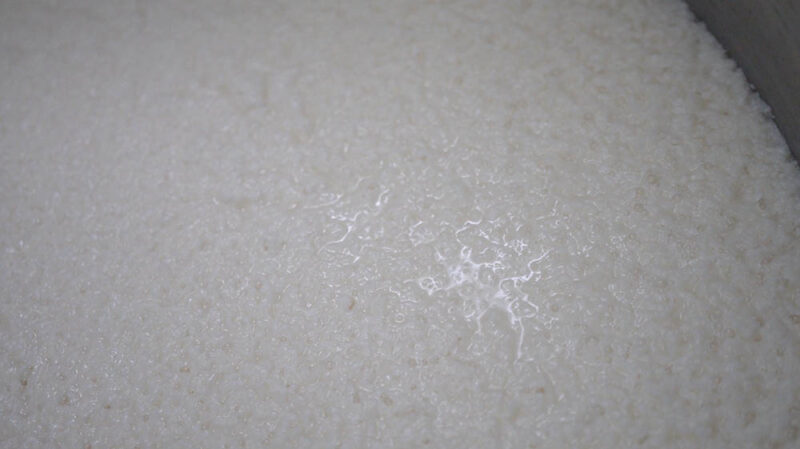
酵母が増殖している様子
酒母
shubo
現在は全量「中温速譲(ちゅうおんそくじょう)」にて、酒母(しゅぼ)造りを実施。酵母の純粋培養を目的とし、不要な操作を避け、なるべく触らない造り方をしています。
Currently, we produce all our shubo (yeast starter) using the chūon sokujō method, a mid-temperature rapid fermentation technique. Our goal is to cultivate pure yeast strains by minimizing unnecessary interventions and handling as little as possible throughout the process.

櫂(かい)入れをしている様子
仕込み
shikomi
掛米(かけまい)は放冷機を通さず、全量「路地放冷(ろじほうれい)」にて冷却。使用する酵母や目的とする酒質によって、醪(もろみ)の温度経過や、仕込み温度は微調整をしています。不要な櫂(かい)入れも一切していないので、仕込が終わると、基本的には追水(おいみず)と温度管理以外は酵母と酵素反応に任せた造りをしています。
Our kakemai (sprinkled rice) is cooled entirely through open-air cooling without passing through a cooling machine. Depending on the yeast used and the desired sake profile, we finely adjust the temperature progression of the moromi(fermenting mash) and the initial fermentation temperature. We also avoid unnecessary stirring during fermentation. After the initial mixing, aside from adding water and carefully managing temperature, we entrust the rest of the process to the natural action of yeast and enzymes.
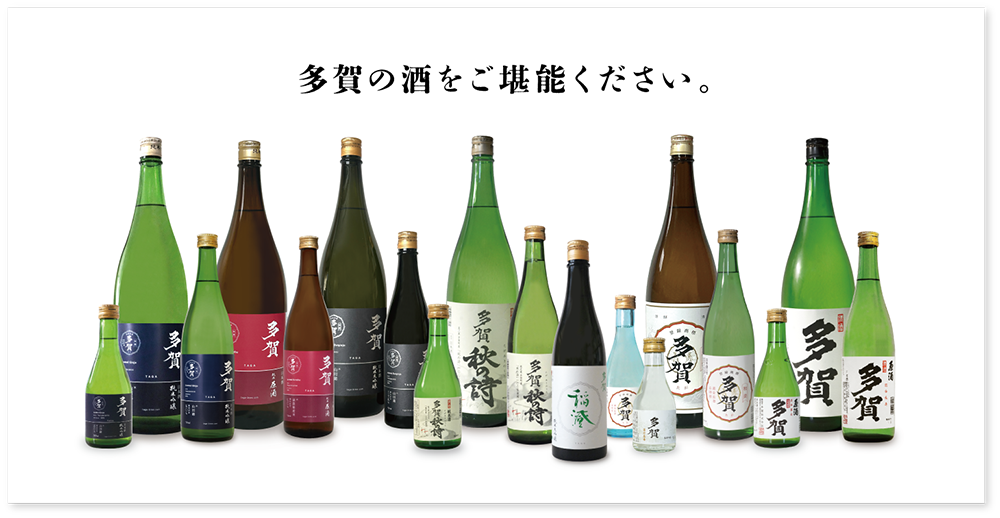
|

|












